Normalized Noise Tests
For these tests, I set the fan to speeds with noise output at the following predefined levels: 20/25/30/35/40/45 dBA. I skip the corresponding tests if the fan under the test cannot reach some noise levels. The speeds shown in the graph below are measured with the fan in a clear space inside my hemi-anechoic chamber without any obstacles. I set these speeds on the Longwin machine, but they slightly change because of the variable conditions that the device applies.
Lately, we discovered a peculiarity of the Longwin apparatus, so we are re-testing every fan we have, and we will continue to double-check all results because it seems the Longwin’s fan controller doesn’t “like” speed control for these tests, but it works better with PWM control. This is why you will find differences with results listed in previous reviews; we constantly update the noise-normalized tests to make them as accurate as possible!
20 dBA Noise Output
The Apex fan has the second-highest speed here, proving its design is highly effective in minimizing noise output. Airflow is low, though. On the other hand, static pressure is high enough.
25 dBA Noise Output
Again, high speed and decent static pressure, but low airflow.


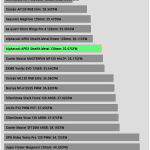


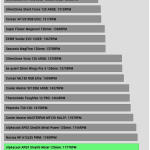
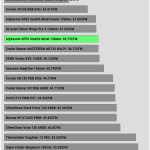
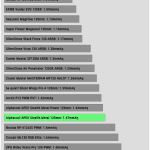
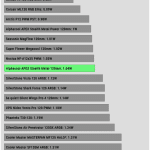
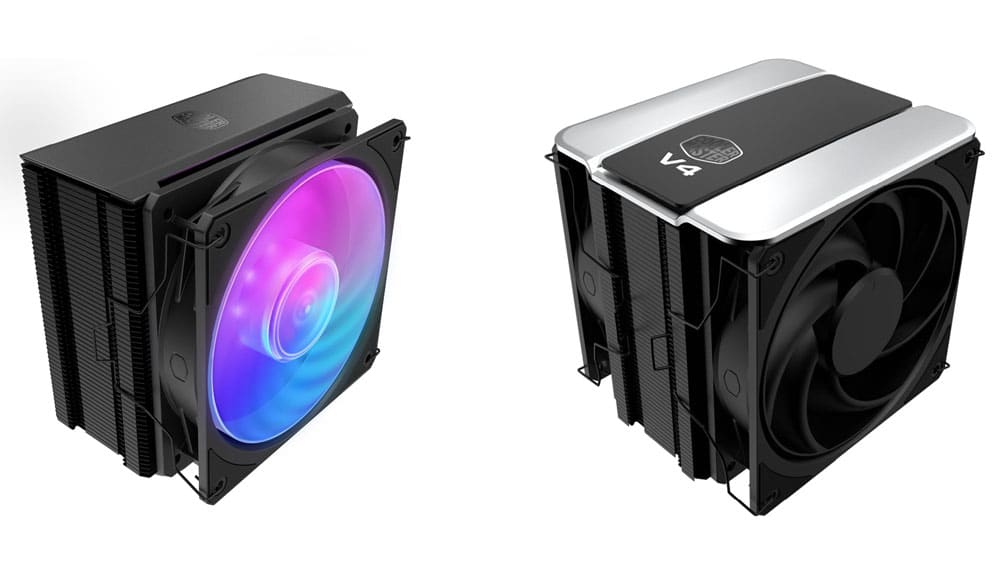

Hello and thank you for the detailed review of the new Alphacool Apex Stealth Metal 120mm.
After reading your old articles I bought 3× Thermaltake TT TOUGHFAN 14 Pro and 3× Thermaltake TT TOUGHFAN 12 Pro to replace Be Quiet! SILENT WINGS PRO 4 140mm PWM and 120mm (Airflow in a MSI MPG Quietude 100S).
I find the framework to be of higher quality, more mature. I like the wiring without a sleeve, easier to fold and store.
For the same dB noise there is a vastly superior CFM and Static Pressure, and all this for almost a quarter of the price less (in Europe).
I was impatiently waiting for the Alphacool Apex Stealth in 120mm (and 140mm in 2024?) but your rigorous testing proves that there is a problem in the design of the blades.
I saved time and money thanks to you